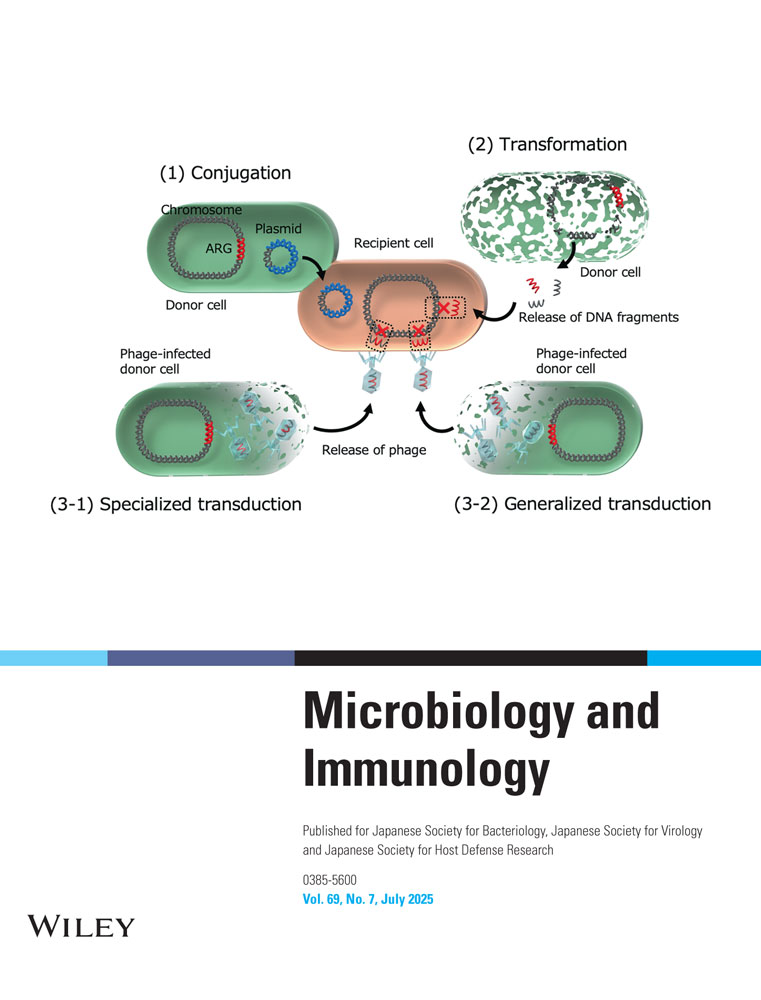Mathematical Modeling of Severe Acute Respiratory Syndrome Nosocomial Transmission in Japan: The Dynamics of Incident Cases and Prevalent Cases
Abstract
An outbreak of Severe Acute Respiratory Syndrome (SARS) occurred in Hong Kong in late February 2003, resulting in 8,096 cumulative cases with 774 deaths. The outbreak was amplified by nosocomial transmission in many hospitals. Using mathematical modeling, we simulated the number of new incident and prevalent cases of SARS after one infected person was admitted to a hospital (index case). The simulation was tested stochastically using the SEIR model based on previously reported Gamma distributions. We estimated the duration time until 10 beds in negative pressure rooms in Chiyoda-ku, one of the 23 wards in Tokyo, were fully occupied with SARS-infected patients. We determined the impact of an increasing number of days on the number of prevalent cases until the index case was isolated. The prevalent cases increase exponentially along with the increase of the non-isolation period of the index case, and all the beds were fully occupied if the index case was not isolated until more than 6 days. However even 2 days non-isolation period of the index case could fill up all the beds when 16% of secondary infections are transmitted outside the hospital. There is a possibility that an epidemic will occur with the isolation of the index case even at early days if the infection is transmitted outside the hospital. The simulation results revealed that it was important to recognize and isolate SARS patients as early as possible and also to prevent the transmission spreading outside the hospital to control an epidemic.
Abbreviations
-
- SARS
-
- severe acute respiratory syndrome
-
- SARS-CoV
-
- SARS-associated coronavirus
-
- SS
-
- super spreader
-
- SSE
-
- super spread event
-
- WHO
-
- World Health Organization.




